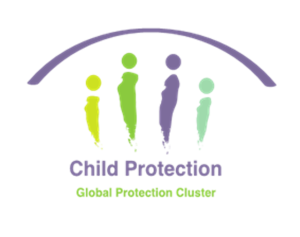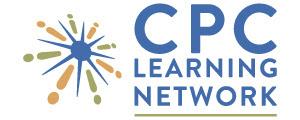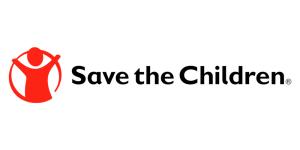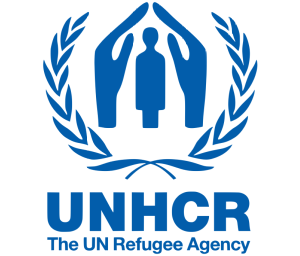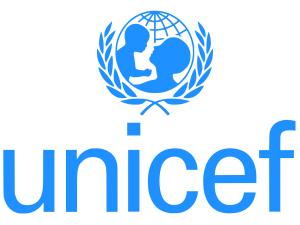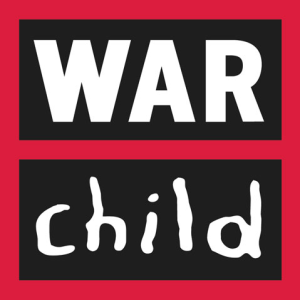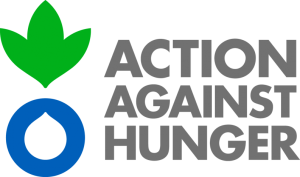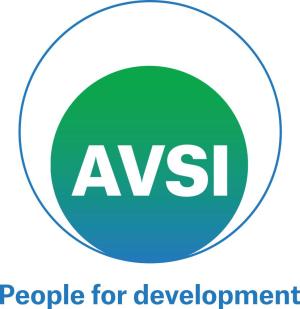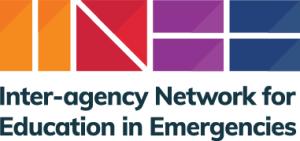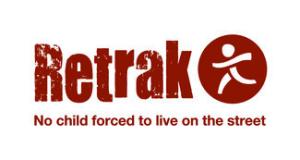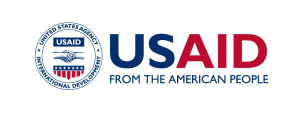
Led By: International Rescue Committee and World Vision
Contact us at: ame.wg@alliancecpha.org
Our Mission
The AME (Assessment, Measurement, and Evidence) Working Group exists to empower child protection practitioners with the tools, evidence, and skills needed to improve outcomes for children in humanitarian settings. We focus on promoting evidence-informed decision-making, fostering collaboration, and building capacity to integrate data and insights into program design and implementation.
Key Priorities of the AME Working Group
- Developing and Sharing Tools: We create, review, and disseminate tools and methods to help practitioners assess and monitor child protection programs effectively.
- Generating and Promoting Evidence: We synthesise, analyse, and share evidence to inform and improve child protection in humanitarian settings.
- Building Capacity: We provide training, guidance, and resources to enhance the skills of practitioners and organisations in using evidence and assessment tools.
- Collaborating Across Groups: We support other Working Groups and Task Forces in advancing their work through evidence-based approaches, including developing shared methodologies and frameworks.
Latest News
New Briefing Note! Global Impact of Humanitarian Funding Cuts on Children’s Protection

Drawing on input from over 250 child protection practitioners in 55 countries, and insights from five leading child protection agencies, this new brief on the "Global Impact of Humanitarian Funding Cuts on Children and Their Protection in Humanitarian Contexts" presents stark evidence of the catastrophic consequences that ongoing funding cuts are having on children’s safety and well-being...
Take our Survey! What impact are funding cuts having on children?

Take 5 minutes to share what you’re seeing! We are gathering data on how recent funding cuts are affecting children worldwide. We need your insights to help us: Identify key areas of impact Advocate for urgent funding and policy solutions Support practitioners working in crisis settings The survey takes just 5 minutes, and your responses will remain anonymous. Please take a few minutes to complete...
Working Group Member Organisations
Resources
Brief | Global Impact of Funding Cuts on Children and their Protection in Humanitarian Contexts

Children have the right to be protected from abuse, neglect, exploitation, and violence. Yet, in humanitarian crises children suffer first and most, with devastating consequences for their immediate safety and long-term well-being. The humanitarian system is under unprecedented strain. Major donors, including the US and key European governments, have drastically reduced humanitarian funding or...
Guidance Note | Resources for Conducting Ethical Research with Children in Humanitarian Contexts

This Resource List catalogues critical resources to guide ethical good practices in participatory research with children in humanitarian contexts. It is not an exhaustive compilation, nor does it propose new ethical guidelines. Instead, it highlights existing tools that help researchers and practitioners understand, utilise, and apply well-established ethical principles. These resources are...
Guidance Note | Qualitative Assessment Approaches for the Protection of Children with Disabilities Within Humanitarian Contexts

Children with disabilities are particularly vulnerable in humanitarian settings, yet they are often not able to access the services and protection they need. While multiple factors create these barriers, a major cause is how data about children with disabilities is collected and mapped. Data collection processes often exclude or underrepresent the views of children with disabilities and thier...
Enhanced CPMS Indicators Table

An easy-to-navigate PDF, the Enhanced CPMS Indicators Table includes the 28 Child Protection Minimum Standards and their indicators with type, target values and explanatory notes plus suggested computation methods and data source examples. Developed by the Assessment, Measurement and Evidence Working Group, this tool is part of the measurement framework of the CPMS 2019 edition.
Guidance | A Brief Guide: Selecting Child Protection Minimum Standards Indicators for Application in Programs, Projects or Humanitarian Response Plans

This guidance document provides information on the Child Protection Minimum Standards (CPMS) measurement framework. Traditionally, accountability measures in Child Protection in Humanitarian Action (CPHA) have focused on meeting output benchmarks (such as number of people trained, number of community awareness campaigns carried out, or number referrals to service providers made), rather than...
Position Paper | Defining Evidence-Based Practice for Application in Child Protection in Humanitarian Action

There is widespread recognition among practitioners and researchers of the need to build a stronger evidence base for child protection work in humanitarian settings to be able to determine what approaches and practices are appropriate and effective in a variety of contexts. The objective of this position paper is to create a common understanding of what makes a particular child protection...
Evidence Brief | Why Identifying Risk and Protective Factors is a Critical Step in Prevention Programming: Implications for Child Protection in Humanitarian Action

Humanitarian crises, including natural disasters, conflict, and infectious disease outbreaks threaten the health, safety and well-being of children, families, and communities. Risks to children in humanitarian settings are multiple and may include: family separation, recruitment into armed forces or groups, involvement in hazardous labor, physical or sexual abuse, psychosocial distress, injury and...
Guidance | Identifying and Ranking Risk and Protective Factors: A Brief Guide
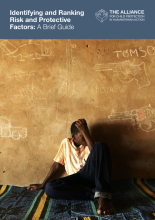
Recognizing the strategic importance of improving evidence- based approaches to preventing child protection issues, this guidance document was developed as part of the Alliance-led Prevention Initiative to support child protection humanitarian practitioners in their prevention programming efforts. While child protection agencies operating in humanitarian contexts generally conduct systematic risk...
Webinars
Webinar | Enhancing Parenting Practices in Humanitarian Settings: Evidence and Strategies

Discover how parenting interventions can transform lives in humanitarian crises. Our expert panel will discuss the findings of a comprehensive meta-analysis on reducing violence against children and improving family well-being in low- and middle-income countries. What You'll Learn: Key findings on the effectiveness of parenting interventions. Challenges and strategies for implementation in crisis...
Webinar | Harnessing AI and Secondary Data for Smarter Child Protection in Humanitarian Contexts

In the second instalment of the Empowering Child Protection through Evidence Webinar Series, presented by the Alliance, the CPAoR, and UNHCR, this webinar will feature case studies demonstrating how child protection actors can use data and evidence to inform their response, monitoring, and planning in humanitarian contexts. In today’s increasingly complex crises and with the abundance of data...
Webinar | Strategic Advocacy and Funding in CPHA: Leveraging Data and Evidence for Success

This webinar, hosted by the Advocacy Working Group and Assessment Measurement and Evidence Working Group, will delve into the crucial role of data and evidence in shaping advocacy strategies for child protection in humanitarian action (CPHA) and in securing funding. Through case studies and expert insights, the webinar will highlight successful examples where evidence and data have been used to...
Webinar | Capturing Voices: Evidence Generation for CAAFAG

Watch the recording in French or Spanish ! The involvement of children associated with armed forces and armed groups (CAAFAG) in evidence generation, including data collection for research and learning, is often methodologically and ethically challenging. While it is understandable that field practitioners may be hesitant to involve CAAFAG in knowledge generation activities due to the risks and...
Webinar | The Pathways Between Natural Disasters and Violence Against Children—A conversation between research and practice
To find the related research article and blog post, click here. The structure of child protection programming during humanitarian emergencies is based upon the principle of increased risk of violence. Humanitarian programmatic interventions often use the same models for armed conflict and natural disasters. Little is understood on how they may differ, and the bulk of the current evidence focuses...

